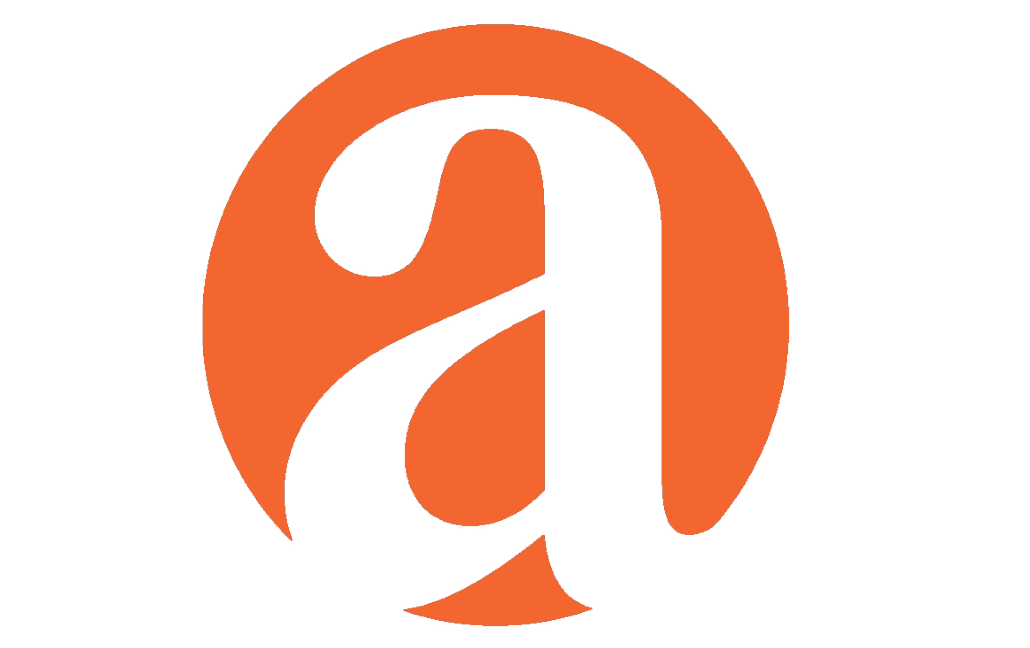One Swam Up Another Stream
Curated by Yu Ying Chan & Margaret Liang
Swimming up the current and returning to the surging source, what lies at the end of the upstream—a place of origin, or perhaps a new beginning? Going against the limitations of time, place, and memory and pushing through the forces that shape and confine us, swimming up the stream is an act of transcending infused with resilience and purpose. In navigating these rapid currents, we redefine what it means to belong, to reclaim our place within the fluxive tides of global movement.One Swam Up Another Stream is a gathering of works that embody this resilience, where each artist reclaims and reimagines their narratives through unique lenses. The selection of artworks span across migration, cultural identity, personal narratives, and cyclical themes, highlighting the multifaceted nature of “returning” as both a personal and collective experience.
Featured Artists
Divya Balivada: Divya Balivada (b. , India) is a London-based artist currently pursuing an MA in Painting at the Royal College of Art. “My upbringing in India was ensnared by rigid gender norms that adversely affected my self-expression. Art became my means to claim autonomy and identity.” Divya’s work dissects emotional suppression and the silencing inherent in the "good-girl" conditioning, a construct deeply embedded in Indian society's cultural matrix.
Divya navigates the interstitial spaces between female identity, trauma, and introspection. "Loop" machine serves as an extension of her body, and a metaphor to claim her identity. The rhythmic and instinctual gestures involved in these action drawings mirror a returning to suppressed emotions that are urgent and uncontainable, they allow Divya to bypass conditioned limitations and express herself from her subconscious, a ritual of liberation from "how to be."
Igor Chekachkov: Igor Chekachkov (b.1989, Ukraine) worked as a journalist before entering the field of art photography. The boundaries between private and public, digital algorithms and their influence on the image were his main focus until the Russian invasion of Ukraine. After the full-scale war started, he shifted his focus to Ukrainian identity and the question of home.
“In the first months of the war, I left my hometown and moved to the West of Ukraine, working as a photographer and fixer, spending time with other displaced.” Igor kept a diary with photos and reflections to share the experience of facing war first-handedly. Each day, he printed Instax photos for the diary, hoping to capture both the beginning and end of this story. But soon, he realised this diary reflects not an ending, but how Ukrainians adapt, fight, and construct new realities and values facing an ongoing war together.
Jingyi Li: Jingyi Li (b. Beijing, China) is an artist based in London, currently studying for a PhD in Visual Anthropology at Goldsmiths University. She aims to build feminist spaces in her work with a focus on Asian women. Situating her research in historical contexts, she uses a variety of soft materials to evoke intense emotions, and to communicate collective stories.
The vessels reflect the development of Jingyi’s feminist consciousness where her own lived experience runs parallel to her changing interpretation of traditional Chinese art forms. Deliberately exaggerating a fetishising spectatorship through the installation method of hanging and shapes of vessels that mimic the feminine form, Jingyi unveils the violence rooted in the colonial gaze, which burdens and others Asian diaspora communities to his day.
Anjalee Malan: Anjalee Malan (born. , UK) is a painter who specialises in intimate portraiture and scenes of urban life. Her subjects are communities in West London, where she has lived her entire life. Raised by a Christian Indian mother and a Jewish stepfather, with a Hindu father, and surrounded by people from different parts of the world, she channels her diverse upbringing to create work that is an embodiment and celebration of multicultural London. She challenges the prevailing political subtexts of ‘us’ and ‘them’, and in doing so, furthering the cohesion of the different peoples who gather together in this unique city.
My painting is about the childhood memories and stories I associate with my parents' bed, growing up in London. The stories refer to my family in India, our cultural traditions, and religion but also interlock with my memories of growing up here in the UK.
Ana Ionescu: The project explores elements related to the realm of Western fairytales and the lore. Centred around the symbolism of objects present in the two, the artist develops an oxymoronic visual language ranging between aggressive and delicate. Generally, such objects are used by male protagonists who turn out to be the heroes. However, women are generally depicted in distress having a passive attitude and needing rescue. This body of work aims to reclaim the narrative of the stories, trying to reposition the role of the female characters as active participants. Thus, the arrows and the comb become a series, where set values are exchanged as an attempt to blur the lines between archetypes. The work goes back in time to the roots of creating a story or a myth with excitement and a new perspective. Concerned with the idea of the miraculous and transformation, these objects should be encountered in a stage of becoming, a space between reality and fantasy.
The Tongue RCA: The Tongue RCA is a society at Royal College of Art. Going beyond cooking, they use food as a medium to uncover stories, traditions, and identities within diverse groups. Through events, workshops, and collaborative projects, The Tongue engages with local vendors, residents, and artisans, fostering cultural exchange and solidarity. Our goal is to create spaces that bridge geographical, cultural and socio-political gaps. The Tongue will deliver a Pizza Mapping workshop as part of the exhibition. Read more, and book your place, here.


